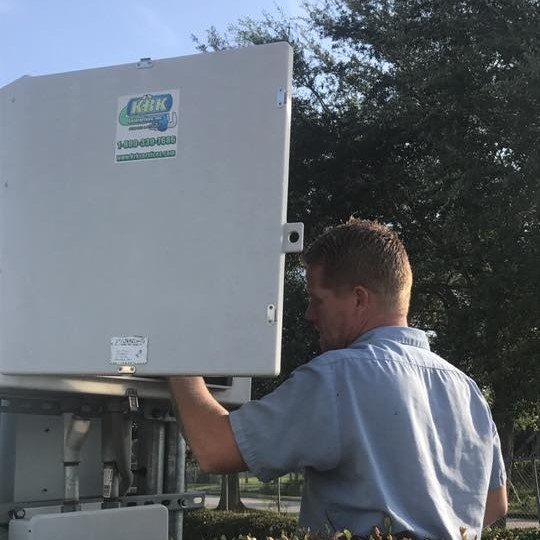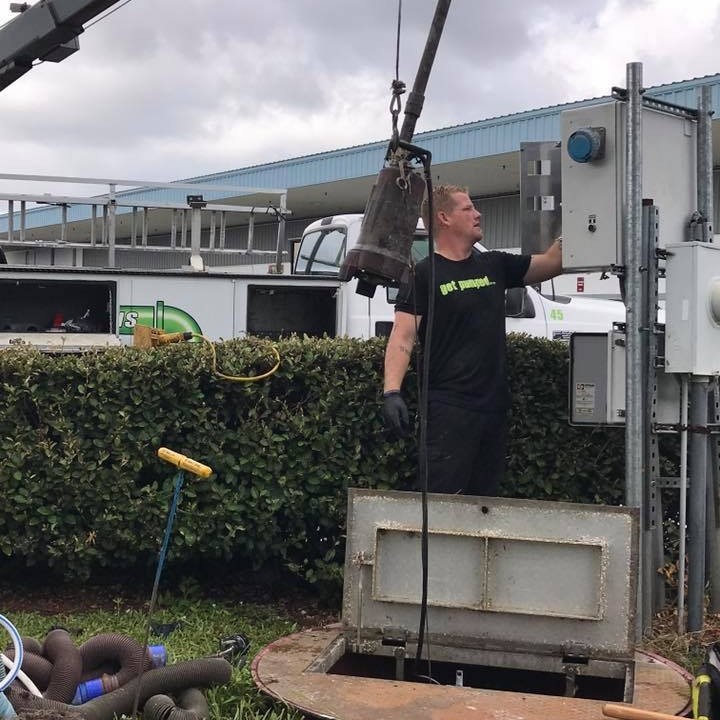
Defining Sewer Lift Stations
What is a sewage lift pump? They build a sewer lift station as a factory-assembled package. The principal elements of a sewer lift station include a receiving well for wastewater treatment and is equipped with lift pumps, junction box, piping with valves, and an equipment control panel that includes an alarm system.
Is there a difference between a pump station vs lift station? Basically, they are the same thing, and may be referred to as a wastewater lift is used to pump sewage or wastewater a lower to a higher elevation. This is particularly when sewage or wastewater source is not adequate for gravity flow. They also use it is also when gravity transportation will result in unnecessary excavation with higher construction expense.
How does a sewer lift station work?
They typically keep sewage lift stations underground. This contains any potential health risks and poisonous gases of hydrogen sulfide and methane in one area. It is critical that sewage lift station owners depend on professional drain and sewer cleaning service to maintain proper and sufficient the pump works sufficiently.
There are several elements of a sewer lift station, of those, there are two key elements needed for it to operate: the controls and the wet well. The wet well is where the inflow comes into, referred to as a basin, which is where the pump is located. The control panel that operates the lift station is the brain.
So, how do sewer lift stations work? Sewage is collected, stored, and then fed into a pit. The electrical instruments recognize when the pit is filled to a certain level and then activates the pump that moves the sewage on to the next destination.
Do sewage pumping stations smell?
No, and this is by design and by nature. Because sewage, in its raw form, is unsafe environmentally and must be treated before it can be safe for the residents of a city or community. To make environmentally and healthy water and sewage service, sewage pump stations are necessary.
This is done by transporting sewage to a treatment plant through a network of pipes underground. Those unground mains and parts are archetypally gravity-fed. Yet, there are many occasions where transfer from a sewage pump station to a higher level within the network using a sewer lift station.
A sewage pump station lets sewage to be transferred so it can be fed into the next gravity main. From there, it continues the journey to the sewage pump station. Because sewage pump stations are located underground, they are quiet and specially designed to keep from emitting a foul odor.
How sewage decomposes is what determines the odor it emits, along with factors like how many people use the sewer, the weather, and the volume of wastewater. With all this in consideration, nature and time can change odor.
How long does a lift station pump last?
As we have mentioned earlier, a sewer lift station for homes or commercial properties is a major component of a septic system. It isn’t something you see or even think about every day, but when it isn’t working, then you have no choice but to acknowledge it.
A properly maintained sewer lift station can last 15 years on the average. With proper maintenance and regular sewer lift station cleaning, your sewer lift station running as long as twenty years.

What happens when a lift station fails?
If there is a clog or an obstruction in a sewer lift station, an alarm will sound. Sometimes a sewer lift station can experience instances that cause it to malfunction or quick working. This is where cleaning and maintenance can keep it working for 20 years. When a sewer lift station motor stops, it causes backup because the pumps can’t move the wastewater.
A professional routine inspection can minimize, even eliminate these motor outages. The inspection will cover the items on sewer lift station inspection checklist:
- Dry and Submersible Pumps
- Impeller
- Check Valves
- Floats
- Alarm and Light Systems
- Documentation and Logs
- Electrical Motor Control Equipment
- Emergency Backup Generator
Municipalities that handle and maintain the collection and treatment of wastewater use two types of pumps for their sewer lift station, described here:
Dry Well Pump
This sewer lift station pump is traditional, and is housed in a different location, typically underground, sometimes in a separate chamber. Because of this physical separation, maintenance is hazardous with an increase in safety risks.
Submersible Pump
The more modern of the two sewer lift station pumps are submerged in the wastewater and mounted inside. It has a motor that pumps the wastewater out and has minimal health and safety concerns.
This is expensive equipment for a city or a residence. Therefore, cleaning, maintenance, and inspections are a must keep the equipment going to get the longest lifespan possible. When you need lift station solutions in Fort Pierce and Port St. Lucie, Fl, call the plumbing experts of KRK Enterprises, Inc. at 800-330-7686!

